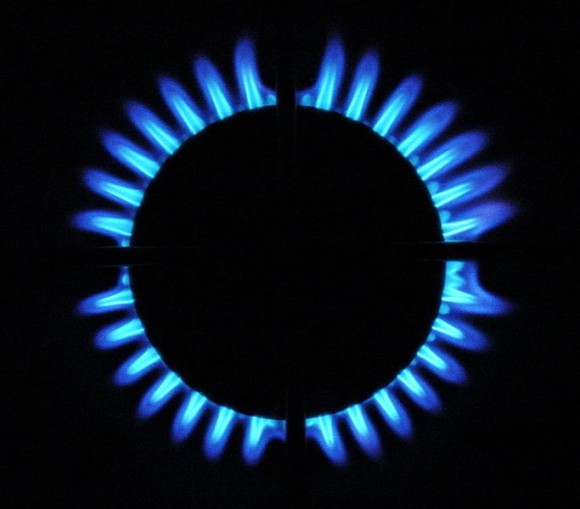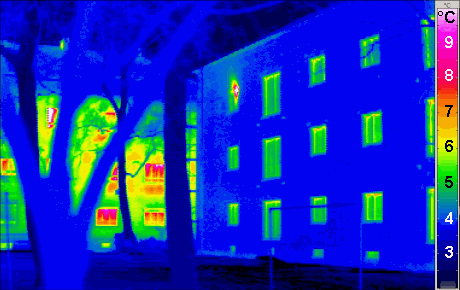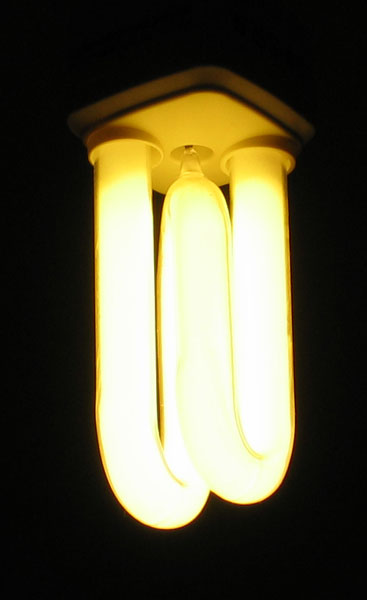Riding out the energy price rises – Keeping costs down throughout your home
There haven’t been many weeks that have passed in the past few months where energy prices haven’t been front-page news. Back in October 2013, UK energy providers hiked up their prices yet again, with some suppliers increasing prices for their customers by as much as 10.6%. Naturally, there followed indignation from consumers already struggling with gas and electricity costs, before the major energy suppliers revised their increases down somewhat as the government adjusted their policies on green levies.

UK gas and electric costs are at their highest level ever. Image credit: Marina Burity
So, although this most recent price ‘drop’ may seem like a good thing, the important thing to remember is that the net effect is that energy prices have still gone up, and we as consumers are still paying more for gas and electricity then ever before. It’s therefore important to take action and be responsible for driving down your own energy bills as much as possible. Here are some tips and advice to help you get started.
Make your home more heat efficient
Every bit of heat that escapes from your home is, effectively, money wasted. In the winter months especially, losing heat from under-insulated homes typically leaves homeowners running their central heating for longer and causes bills to escalate.
Reduce heat loss through windows
The biggest perpetrator of heat loss through windows is usually outdated single-glazing. Of course, fitting double-glazing throughout your home will substantially help reduce this heat loss, however it can be prohibitively expensive initially.

This thermogram of a Passive House demonstrates how little heat is lost through its windows compared to the traditional building on the left. Image credit: Passivhaus Institut
You should also consider appropriate window coverings. Adding insulated lined curtains is an option, but fitting wooden blinds throughout your home can be an equally effective energy saving tactic. Often you will find radiators situated beneath windows and, even when the curtains are drawn, heat can rise up beneath them and be absorbed out through the window. As blinds usually sit within the window recess they can reduce this absorption significantly. In fact, the British Blind and Shutter Association estimates that blinds can reduce heat loss by up to 40%.
Heat loss through roofs
Although new build and more modern houses are heavily insulated, slightly older properties are often woefully under-insulated. Loft insulation is cheap to buy at approximately £5 per square metre, easy to fit and will usually have paid for itself within a few years.
Heat loss through walls
As with loft insulation, walls in modern homes are well insulated. Walls in older homes, however, tend to have little or no insulation at all. The type of insulation you will require in your home will depend on your walls and how they were constructed, but the most common type of insulation is cavity wall insulation. Here an insulating material is blasted into the cavity between your walls through a small drill-hole and then, once the space is filled, the hole is sealed up. Cavity wall insulation costs approximately £500 and has a payback time of around 4 years.

Use energy saving bulbs throughout your home and switch them off whenever unneeded. Image credit: Secretlondon
Conserve energy wherever possible
We are almost all guilty of wasting electricity in our homes, through leaving appliances and lights on, as well as using appliances inefficiently. It’s important, therefore, to review how you use electricity throughout your home and adjust your energy usage habits. In particular you should look at:
- Swapping energy sapping incandescent light bulbs for newer energy saving bulbs throughout your home and turning off lights whenever rooms are vacant and the lights are not needed.
- Turning TV’s, games consoles, stereos and other electronic devices off at night and when not in use rather leaving them on or just leaving them on standby. The only exception to this rule is broadband routers which you should avoid turning on and off as it can cause connection issues.
- Using energy efficient or ‘eco’ modes on washing machines and dishwashers, or turning these appliances down to run at lower temperatures. Running a washing machine at 30° rather than 40° uses around 1/3 less electricity and is usually just as effective unless the load is particularly dirty. Also be sure to wash full loads rather than partial loads.

Switching from a ‘standard’ tariff could save you hundreds of pounds each year. Image credit: deg.io
Be market and tariff aware
The previous sections have focused on reducing your overall energy usage, but you should also look to reduce the cost you pay for each unit of gas and electricity you use. As mentioned at the start of this article, energy prices have been rising year-on-year and are currently at their highest level ever, but there are still some tariffs that are significantly cheaper then others. For example, the difference between a supplier’s ‘standard’ tariff (which will almost certainly be their most expensive available tariff) and their cheapest tariff is around £200 per year for an average sized home. And if you’ve never switched supplier or tariff, or haven’t switch for a couple of years then you’re highly likely to be sitting on one of these ‘standard’ tariffs.
In this case it is important you take action. Use an Ofgem approved energy comparison site such as ukpower.co.uk to compare all tariffs available on the market and see which will be cheapest for your location and energy usage levels. At present you may want to consider choosing a fixed rate tariff. It may be slightly more expensive in the short term, but will protect you against any price rises in the future for the term of the tariff.
Once you’ve worked out the cheapest and most suitable tariff for you, applying and switching is simple, takes approximately 4-6 weeks and requires no additional work from you, save for supplying closing gas and electricity meter readings.

Comments